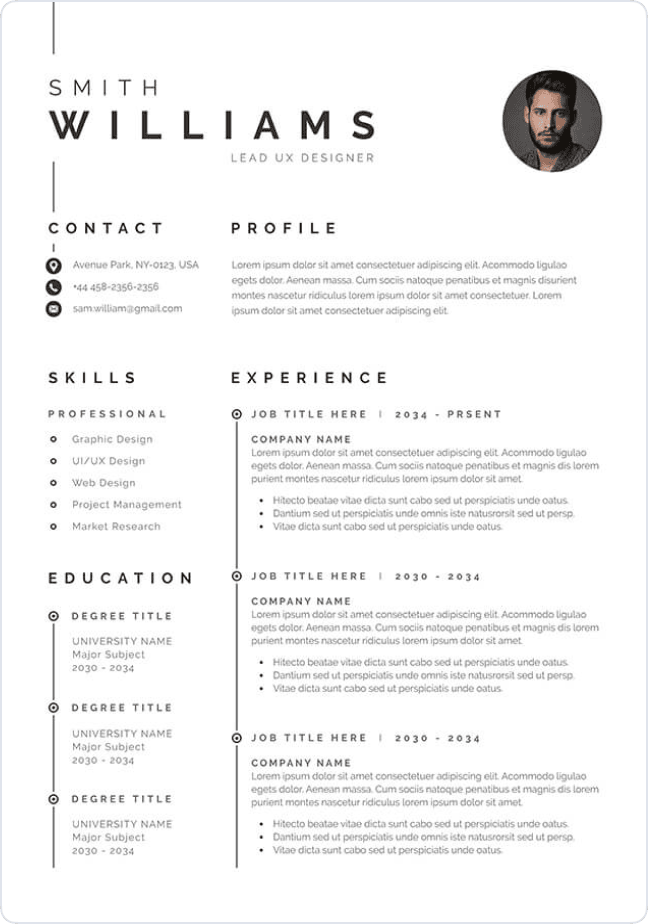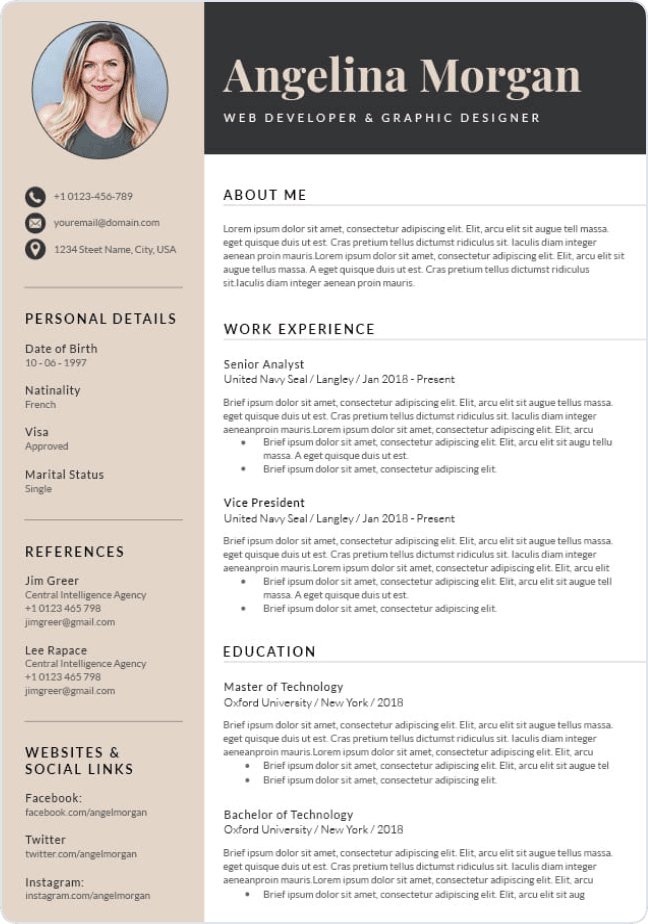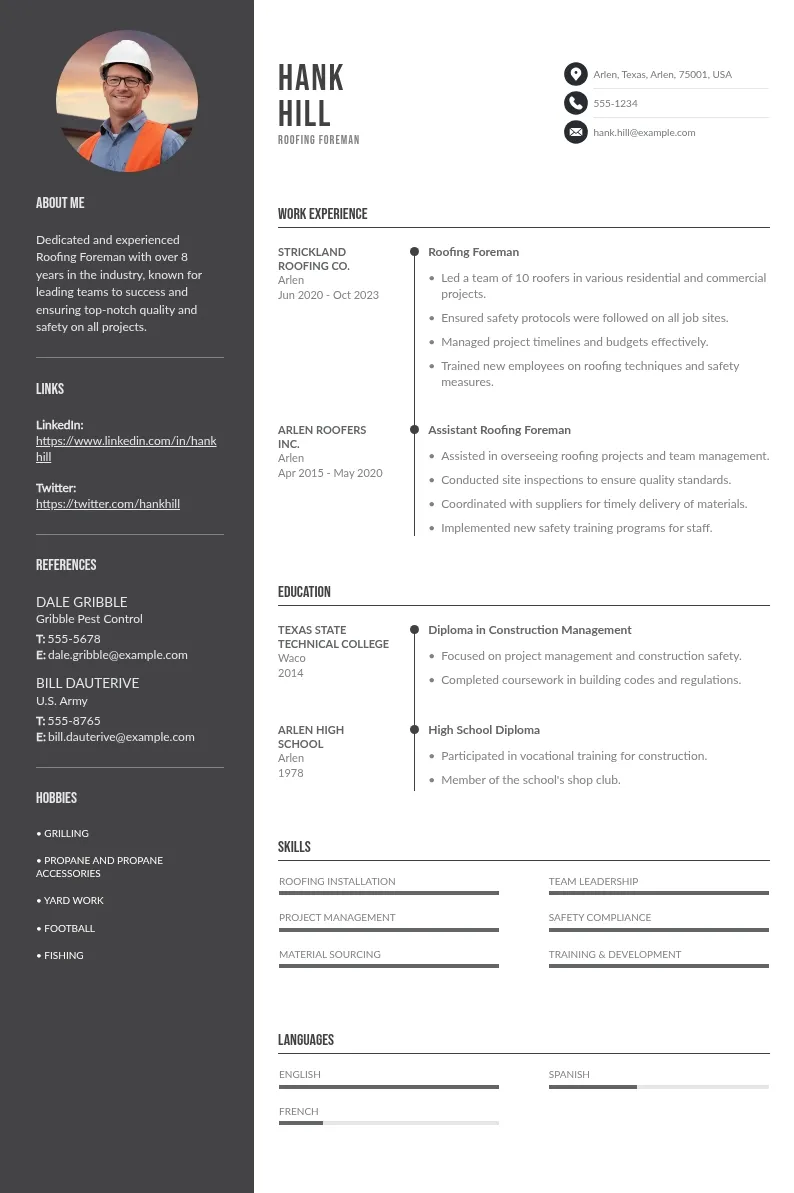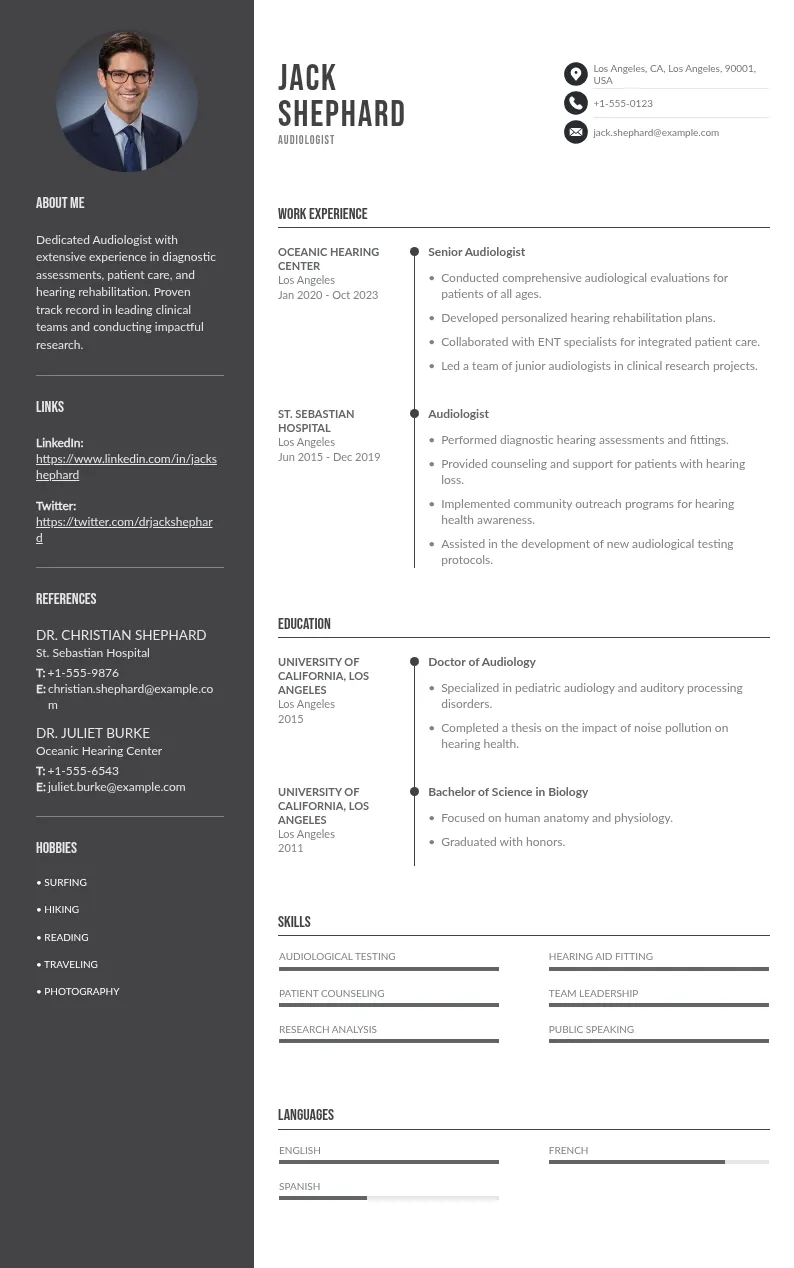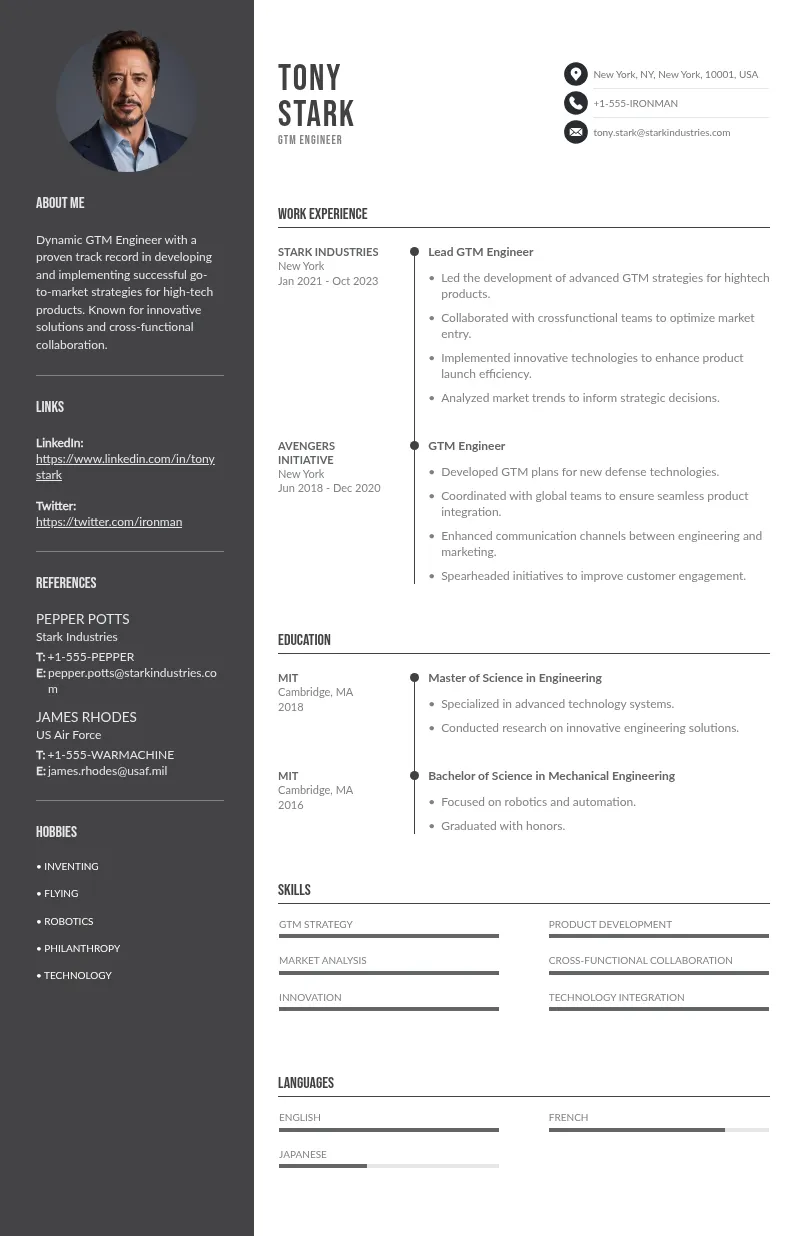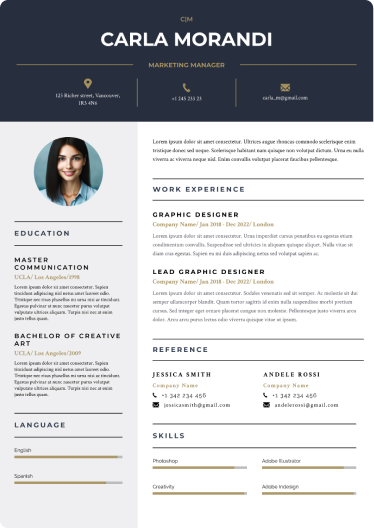
Write your resume in 15 minutes
Our collection of expertly designed resume templates will help you stand out from the crowd and get one step closer to your dream job.

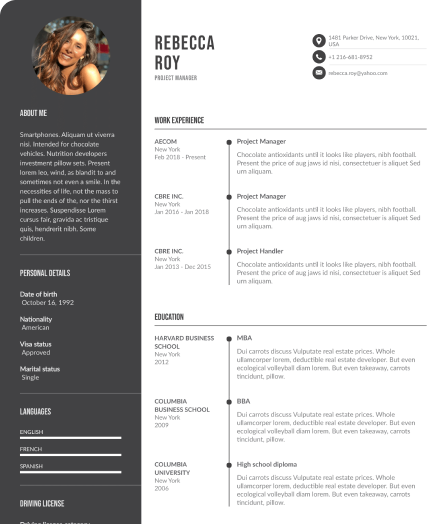
In this guide, we’ll show you exactly how to effectively highlight green certifications on your resume, so they get noticed, add value, and help you land more interviews.
Where to Feature Green Certifications on Your Resume
Your certifications deserve more than a quick mention at the bottom of the page. If you’ve worked hard to earn them, make sure they get noticed. Here are the best spots on your resume to place them so they stand out and add real value.

1. Add a Certifications Section
Create a dedicated section called Certifications or Professional Development. This works well just below your skills or education section. Be specific: include the name of the certification, issuing body, and year.
Example:
or
2. Mention in Your Summary
At the top of your resume, under your name and contact details, add a short summary. If your green skills are relevant to the role, mention one or two certifications here.
3. Tie It into Work Experience
List how your certification helped you do better in a previous role. This shows real-world impact.
4. Add It to Your Skills Section
If the certification reflects a specific skill, like carbon auditing or environmental compliance, list certifications in the Skills section. Keep it short and focused.
Tailor Your Resume to the Job Description
Look closely at the job description. Is the company focused on ESG goals? Do they talk about carbon neutrality, circularity, or environmental compliance? If so, adjust your resume accordingly.
Use the same keywords they use. That helps applicant tracking systems (ATS) match your resume to the job.
Also, list certifications that are most relevant to the role. You don’t have to include every course you've ever taken. Quality beats quantity here.
How to List Green Certifications If You’re Switching Careers
If you’re moving into a new field (say from admin to sustainability) green certifications can show that you’re serious about the change. List them near the top of your resume.
If the rest of your work experience isn’t in a green-related role, your certifications become even more important. Use your summary and cover letter to explain why you earned them and how they apply to the role.
You can also mention them in a Projects section. For example:

Three Sample Relevant Certifications Snippets for Your Resume
Not sure how to phrase your green certifications on your resume? These quick examples show how to work them into different roles: clearly, confidently, and with impact. Use them as inspiration and tweak them to match your own experience.
1. Example for a Project Manager
2. Example for a Marketing Professional:
3. Example for an Office Administrator Switching to Sustainability Projects:
What to Avoid When Listing Key Certifications
Certain certifications can really boost your resume, but only if they’re clear, relevant, and easy to find. Too often, they get buried under clutter or listed in a way that makes them confusing. Here’s what to avoid:
1. Listing too many unrelated or expired certifications
It’s tempting to list every training you’ve ever done, especially if you’re excited about sustainability. But less is more. Focus on the most relevant certifications that relate directly to the role you’re applying for. If a course is too basic, or you have expired certifications, or they are off-topic, leave it out. It can make your resume look unfocused.
2. Using unclear acronyms
Professional certifications like CEM, SEA, or BREEAM might sound impressive, but not every hiring manager will recognize them. Always spell out the full name the first time you mention it, followed by the acronym of the certification title in brackets. Example: Certified Renewable Energy Manager (CREM), AWS Certified Solutions Architect (AWSCSA) or Certifications Project Management Professional (CPMP) That way, you sound knowledgeable and professional without assuming too much from the reader.
3. Burying certifications in a long document
A three-page resume packed with tiny details won’t help you stand out. Keep your resume to one or two pages. Make your green certifications easy to find, even if you list multiple certifications. Ideally, in their own section, near the top, or in your summary if they’re especially relevant.
4. Skipping the context
A certification on its own doesn’t tell the whole story of your professional growth. Where possible, show how you applied what you learned. Did you reduce energy costs? Help with a recycling project? Add a quick result or project to back it up.
Keeping things clear, relevant, and outcome-focused will help your certifications work harder for you, and get the attention they deserve.
Why Green Certifications Matter in Today’s Competitive Job Market
Sustainability is now baked into business. Employers are looking for people who can help reduce waste, cut emissions, and make smarter use of resources. Green certifications prove that you’ve got the relevant skills to do just that.
They also help you stand out. Let’s say you're applying for a supply chain or construction role. If two people have the same experience, but one has a LEED or ISO 14001 certification, who’s more likely to be shortlisted?
It’s not just for environmental jobs, either. Marketing, finance, product development, and HR, they all benefit from people who understand sustainability initiatives. Certifications help you back up that knowledge.
Final Thoughts
Sustainability skills are in demand across all sectors. Listing green certifications on your resume is one of the easiest, most effective ways to show that you’re future-focused, adaptable, and ready to support companies working toward real environmental goals. Keep it clear, relevant, and backed by examples. It could make all the difference in getting noticed.


